The Browser Company is gearing up to launch an AI-focused web browser called Dia, which aims to revolutionize how users navigate and interact with the internet. Scheduled for release in early 2025, Dia seeks to streamline daily online tasks with advanced artificial intelligence tools, as teased in a recent video from CEO Josh Miller.
Introducing Dia: AI Meets the Browser
Dia is designed to seamlessly integrate AI into everyday browsing. The teaser highlights features like “write the next line,” which retrieves factual data from the internet, such as the launch specifications of the original iPhone, as well as tools like “give me an idea” and “summarize a tab.” What sets Dia apart is its ability to understand the entire browser interface. For instance, it can identify and copy Amazon links from multiple open tabs and paste them into an email—all prompted by simple written instructions.
The concept of Dia centers on the idea that AI won’t function as a separate app or isolated button but as an immersive environment built directly into the web browser. This vision is reflected on Dia’s website, which emphasizes the shift toward a more integrated approach to AI and provides a list of job openings as the company continues to expand its team.
Advanced Functionality
Dia’s capabilities extend beyond simple commands, offering users a range of practical applications. One showcased feature involves entering instructions into the address bar, such as locating a specific document based on a brief description and then emailing it via the user’s preferred platform.
The teaser also hints at more ambitious tasks. For example, Dia can complete complex actions like adding items—such as “a sleeping mask” and “jelly beans”—to an Amazon shopping cart or automating personalized emails, such as sending individualized call times to a team involved in a video recording session. These functionalities represent a significant step forward in how AI can simplify multitasking and automate routine processes.
The Future of Browsing
Dia represents a bold leap for The Browser Company, which already gained traction with its Arc browser. Concerns have surfaced among users about whether the introduction of Dia might signal the end of support for Arc. However, Miller has reassured users that the company isn’t planning to phase out its first product. In the video, he acknowledges these worries but emphasizes his belief that Dia reflects the inevitable direction of technological evolution. “In my bones, I feel like this is so obviously where the world’s going,” he states, affirming his confidence in the potential of Dia to reshape digital interactions.
Building the Browser of the Future
The Browser Company’s approach to Dia underscores its commitment to rethinking how browsers fit into the modern digital ecosystem. Unlike traditional browsers, which primarily serve as passive tools for navigating the web, Dia aims to act as an active assistant, anticipating and executing user needs. The ability to manage tasks like shopping, communication, and research directly within the browser environment illustrates this vision.
Furthermore, Dia’s development reflects a broader trend of embedding AI into core applications, making it an integral part of the user experience. By positioning AI as a foundational aspect of the browser rather than an add-on, Dia could change how people interact with technology, making complex tasks more accessible and less time-consuming.
Implications for Arc and Beyond
The introduction of Dia raises interesting questions about how it will coexist with Arc, The Browser Company’s first product. Arc has built a loyal user base with its innovative features, and its success has set high expectations for Dia. Miller’s reassurances that Arc won’t be abandoned suggest that the company views the two products as complementary rather than competing tools.
This dual-product strategy aligns with the company’s vision of pushing boundaries in how browsers function, offering users distinct options tailored to different needs. While Arc focuses on enhancing productivity and organization, Dia seems poised to take on a more dynamic role, leveraging AI to execute complex tasks and simplify workflows.
Conclusion
The launch of Dia marks an exciting chapter in the evolution of web browsers, combining advanced AI with user-friendly functionality to create a more interactive online experience. By embedding AI deeply into the browser environment, The Browser Company is paving the way for a future where technology not only responds to but anticipates and fulfills user needs. With its early 2025 release on the horizon, Dia could set a new standard for how we engage with the internet, transforming the browser from a static tool into a dynamic, AI-powered assistant.
